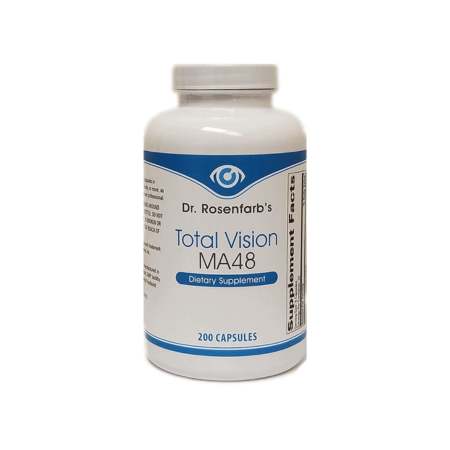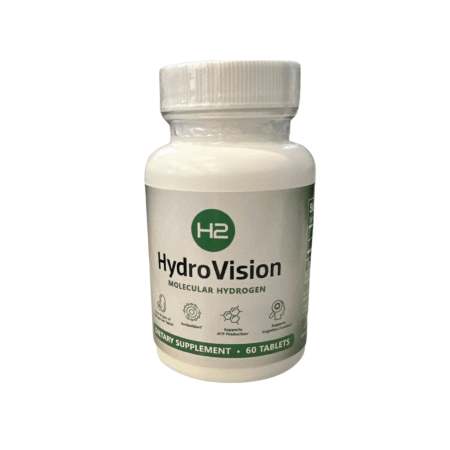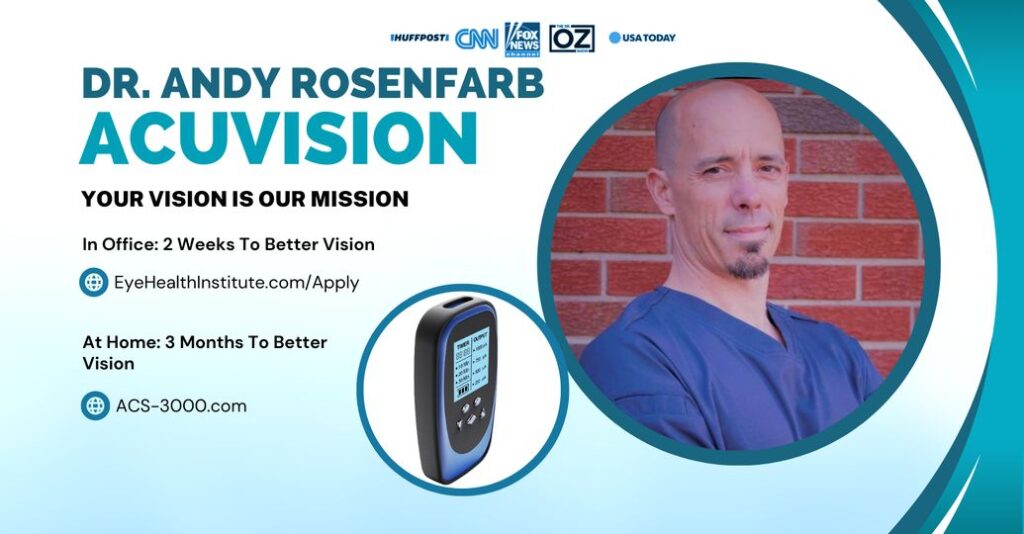Fuchs' Dystrophy
Overview & Our Approach to Fuchs' Dystrophy
- Protecting Corneal Health: We focus on treatments that protect the cornea’s endothelial cells, aiming to delay the progression of the disease and minimize swelling.
- Managing Symptoms: Our treatments include specialized eye drops, ointments, and other therapies designed to reduce corneal swelling, relieve pain, and enhance visual clarity.
- Telehealth & In-Office Treatments: We offer personalized care through both telehealth consultations and in-office visits at our New Jersey location. This approach ensures that each patient receives the most effective treatments tailored to their condition.
- At-Home Care with ACS3000: The ACS3000 system supports ongoing corneal health at home, helping to manage symptoms and potentially slow disease progression.
- Targeted Supplements: We provide specialized supplements that support eye health, focusing on nutrients that may benefit corneal integrity and reduce oxidative stress.
Symptoms & Causes of Fuchs' Dystrophy

Symptoms of Fuchs' Dystrophy:
- Blurred Vision: One of the earliest signs of Fuchs’ dystrophy is blurry or cloudy vision, particularly upon waking. As the day progresses, vision may improve, only to become blurred again the next morning.
- Light Sensitivity (Photophobia): Individuals with Fuchs’ dystrophy often experience increased sensitivity to light, which can cause discomfort in bright environments.
- Glare and Halos: Patients may notice glare around lights, particularly at night, as well as halos around bright lights, making night driving challenging.
- Painful Blisters (Bullae): As the disease progresses, tiny blisters form on the cornea. When these blisters burst, they can cause significant pain and discomfort.
- Reduced Contrast Sensitivity: Vision may become less sharp, making it difficult to distinguish between similar colors or shades, especially in low-light conditions.
- Decreased Visual Acuity: Over time, as corneal edema worsens, the clarity of vision diminishes, affecting the ability to perform daily tasks.
Causes of Fuchs' Dystrophy:
- Endothelial Cell Loss: The primary cause of Fuchs’ dystrophy is the gradual loss of endothelial cells in the cornea. These cells are responsible for pumping fluid out of the cornea to keep it clear. As they die off, fluid accumulates, leading to corneal swelling and vision problems.
- Genetic Factors: Fuchs’ dystrophy often runs in families, suggesting a strong genetic component. Specific gene mutations have been linked to the disease, increasing the risk of developing the condition.
- Age: The likelihood of developing Fuchs’ dystrophy increases with age. Most individuals are diagnosed in their 30s or 40s, with symptoms worsening as they approach their 50s and 60s.
- Gender: Women are more likely to develop Fuchs’ dystrophy than men, and the condition tends to be more severe in female patients.
- Oxidative Stress: Oxidative stress, which causes damage to cells and tissues in the body, is believed to contribute to the degeneration of endothelial cells in the cornea, exacerbating Fuchs’ dystrophy.

Telehealth and Intensive In-Office Fuchs' Dystrophy Treatment
Start Your Journey with a Telehealth Consultation and Experience the Fastest Results with Our Comprehensive In-Office Care
If you’re seeking the most effective treatment for Fuchs’ Dystrophy, our intensive in-office appointments offer the fastest results. Many of our patients choose to visit our New Jersey office for this reason. During these intensive appointments, you’ll undergo a series of advanced treatments tailored to your specific needs over several days, ensuring comprehensive and effective care.
To take the first step toward better eye health and fast, effective treatment:

At-Home Fuchs' Dystrophy Treatment with the ACS-3000
Discover the At-Home Frequency Specific Alternating Current Micro Stimulation System
Yes, you can achieve vision recovery from the comfort of your home! Introducing the all-new ACS-3000 at-home vision recovery system. This advanced technology utilizes Frequency Specific Alternating Current Micro Stimulation to support eye health and improve vision.
The ACS-3000 system is designed for convenience and effectiveness, allowing you to benefit from cutting-edge treatments without leaving your home. It’s an excellent option for those seeking ongoing care and maintenance for Fuchs’ Dystrophy.
Experience the benefits of the ACS-3000 and see what you’ve been missing. Learn more about how this innovative system can help you!
Shop Fuchs' Dystrophy Supplements
Our team works to create or find the best supportive eye supplements that will give you the greatest effect.

Total Vision MA48

Hydro Vision – H2 Vision



